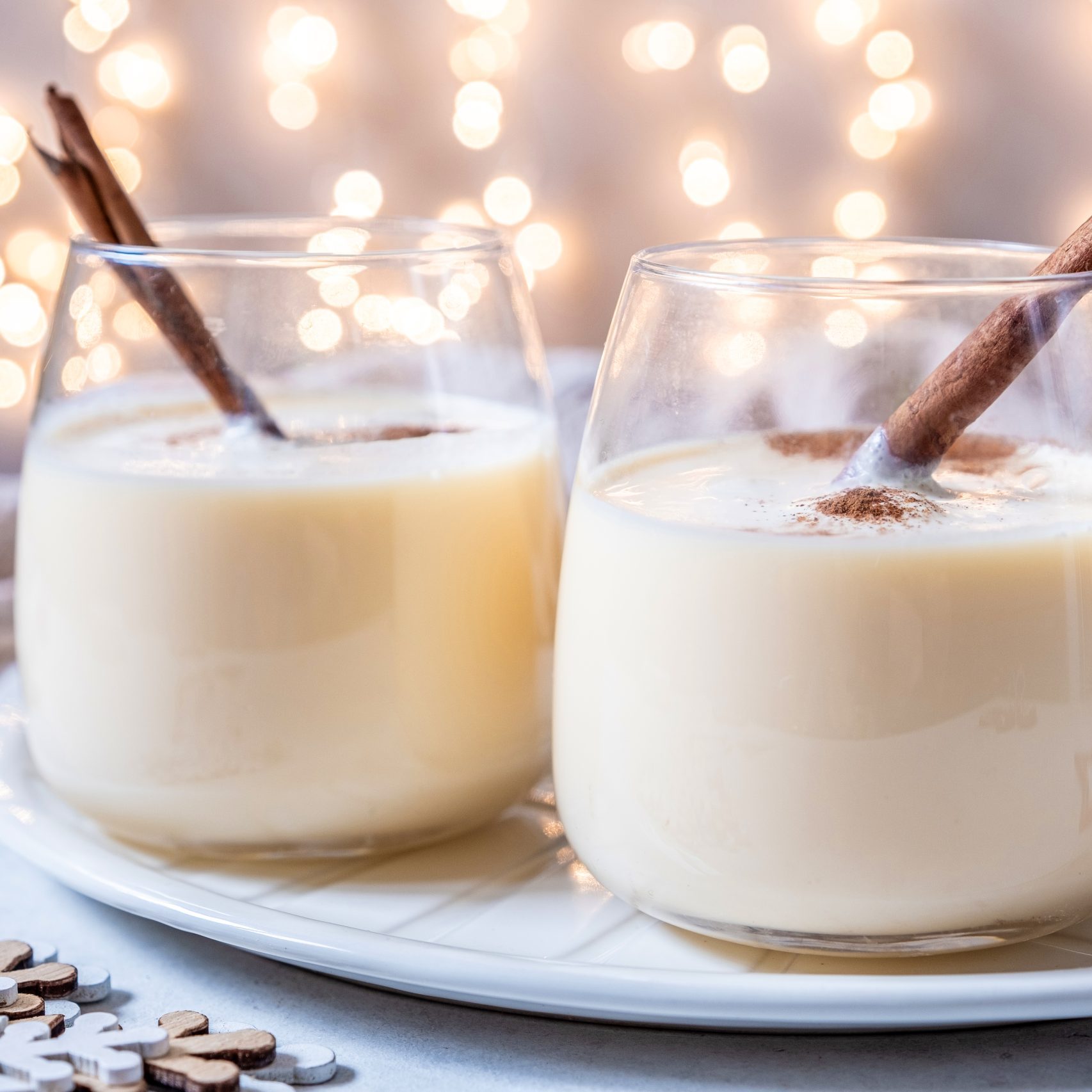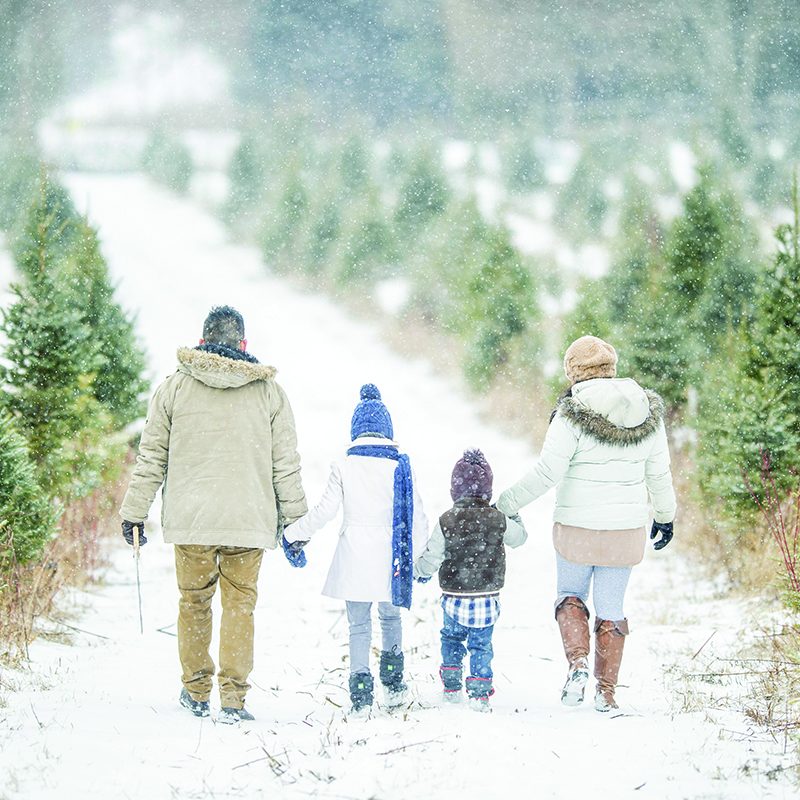Valentine’s Day is steeped in tradition. Giving flowers is a popular tradition each February 14, and the National Retail Federation estimates that people spend around $2.6 billion on flowers for Valentine’s Day, when an estimated 250 million stems of flowers are sold globally. Valentine’s Day is the most lucrative day for florists, with the red rose the most popular flower given on this day for lovebirds.
Just because millions of roses are prepared in advance of Valentine’s Day sales doesn’t mean this is the type of flower that one has to choose for a bouquet or arrangement. A surprise bouquet can feature unique blooms. Here are tips to give the perfect bouquet to the person who claims your heart.
Identify Your Loved One’s Favorite Colors and Flowers
Understanding your partner’s floral preferences is the first step in choosing a Valentine’s Day arrangement. Many have a favorite flower type or color, and everyone’s isn’t necessarily a red rose. Some people love bright daffodils, while others like exotic lilies. Pay attention to these likes to select flowers that will delight your partner.
Select Fresh Flowers
When buying flowers in person, make sure they are fresh by gently feeling the part of the petal that meets the stem. If this part is firm, then the flower is fresh.
Opt For Neutral Tones
If you’re unsure of which flowers to buy, stick with varietals in white and soft, neutral tones. This will lend a more romantic vibe to the bouquet. Bright, high-contrast florals may come off as tacky unless you can guarantee that the person prefers them.
Keep Allergies In Mind
Valentine’s Day should be about offering love, not a case of the sniffles. If the person in your life suffers from floral allergies, avoid certain blooms, like sunflowers, chrysanthemums and hyacinths, suggests Funny How Flowers Do That, a United Kingdom-based flower company. Tulips, irises and hydrangea are less likely to cause an allergic reaction.
Order Early
Time is of the essence when getting flowers for Valentine’s Day. Florists may rush or have fewer flowers to work with as Valentine’s Day draws closer. Ordering well in advance means you’ll get your desired arrangement.
Choosing flowers comes down to a few simple steps to offer a gift of love on Valentine’s Day.













